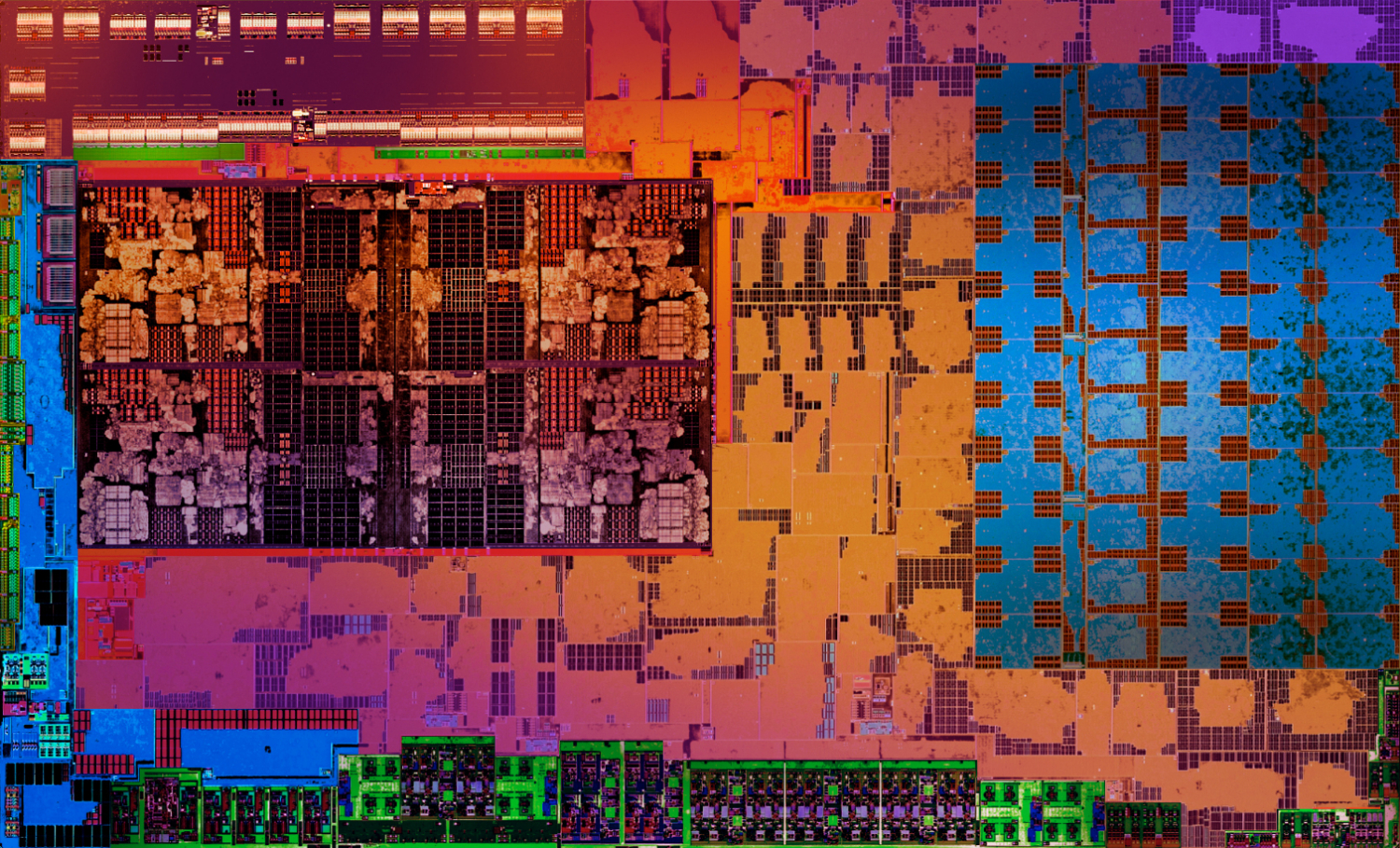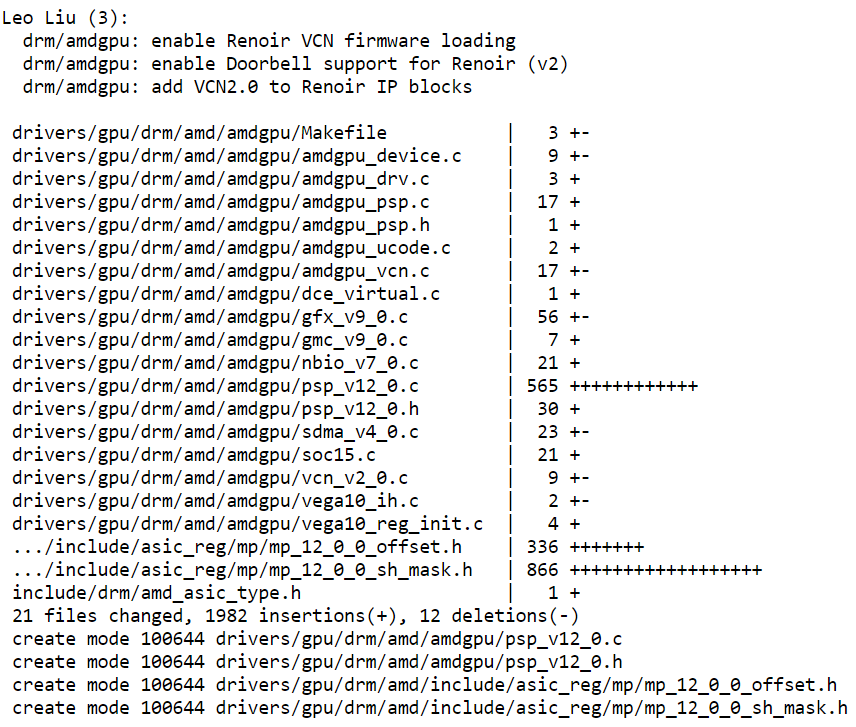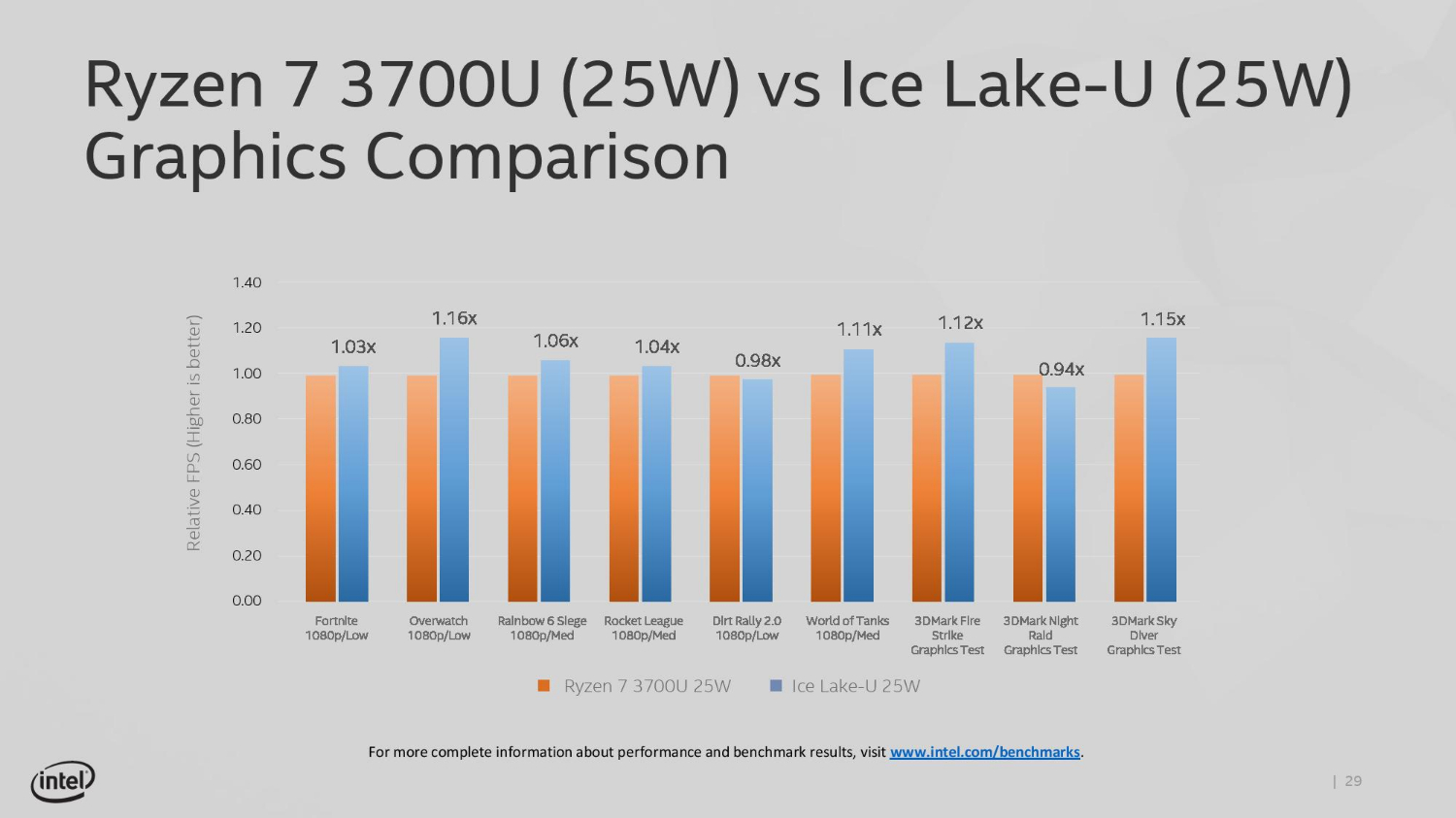AMD Renoir APUs Could Arrive With Zen 2 Cores and Vega 10 Graphics
AMD has deployed a bunch of patches for the AMDGPU driver to support the company's next-generation APUs (Accelerated Processing Unit), which have been baptized as Renoir.
Renoir is the supposed successor to AMD's current Picasso APUs. Picasso is built with the 12nm manufacturing process and sports Zen+ cores and Vega graphics. Renoir is rumored to make the transition to the 7nm process node and feature the latest Zen 2 microarchitecture. The general expectation was that Renoir would make use of the new Navi graphics solution. However, recent updates to AMD's open-source AMDGPU display driver have seemingly dispelled this rumor.
| Codename | CPU Cores | GPU Graphics | Video Decoder / Encoder | Foundry | Lithography | Release Date |
| *Renoir | Zen 2 | Vega | VCN 2.0 | TSMC | 7nm | 2020 |
| Picasso | Zen+ | Vega | VCN 1.0 | GlobalFoundries | 12nm | 2019 |
| Raven Ridge | Zen | Vega | VCN 1.0 | GlobalFoundries | 14nm | 2017 |
*Specifications in the table are unconfirmed
One line of code specifically mentions GFX9, which we already know is the ID for Vega because Navi is identified with the GFX10 ID. If you continue to examine the other lines, there is also mention of the Vega 10 silicon. However, Renoir's Vega 10 die could come with a small twist. As a quick recap, Raven Ridge and Picasso APUs employ AMD's VCN (Video Core Next) 1.0 hardware. Renoir apparently uses VCN 2.0.
An unconfirmed AMD roadmap, which was leaked by Uruguayan media Informática Cero last year, points to Renoir landing in 2020. If the launch year is accurate, Renoir will compete against Intel's 10nm Ice Lake chips that feature the Gen11 graphics solution. In Intel's own benchmarks, its quad-core Ice Lake-U (ICL-U) chip barely manages to pull out a win against the similar quad-core Ryzen 7 3700U Picasso APU. It's important to note that the Ice Lake-U processor was running with LPDDR4X-3733 memory while the Ryzen part was paired with DDR4-2400 memory. In any case, we expect Renoir to close the small gap, if not completely blow Ice Lake out of the water.
Get Tom's Hardware's best news and in-depth reviews, straight to your inbox.

Zhiye Liu is a news editor, memory reviewer, and SSD tester at Tom’s Hardware. Although he loves everything that’s hardware, he has a soft spot for CPUs, GPUs, and RAM.
-
hannibal Maybe Vega 10 is cheaper to produce for one reason or another. Interesting in anyway...Reply -
-Fran- Putting a Vega in the APU makes a bit more sense for accelerated tasks in the semi-pro and pro world as it's beefier compute-wise than Navi.Reply
Cheers! -
msroadkill612 Renoir makes Ice Lake look rubinesque (big bottomed) :). Withe the demise of their IPC edge, the last alleged Intel redoubt in laptops looks fragile.Reply -
JayNor The Intel roadmap already shows a Tiger Lake successor to Ice Lake. It is shown with first generation integrated Xe GPU that has 50% more execution units than the largest gen11 gpu in the Ice Lake chips. If they want to run Renoir against Ice Lake, they'd better hurry.Reply


